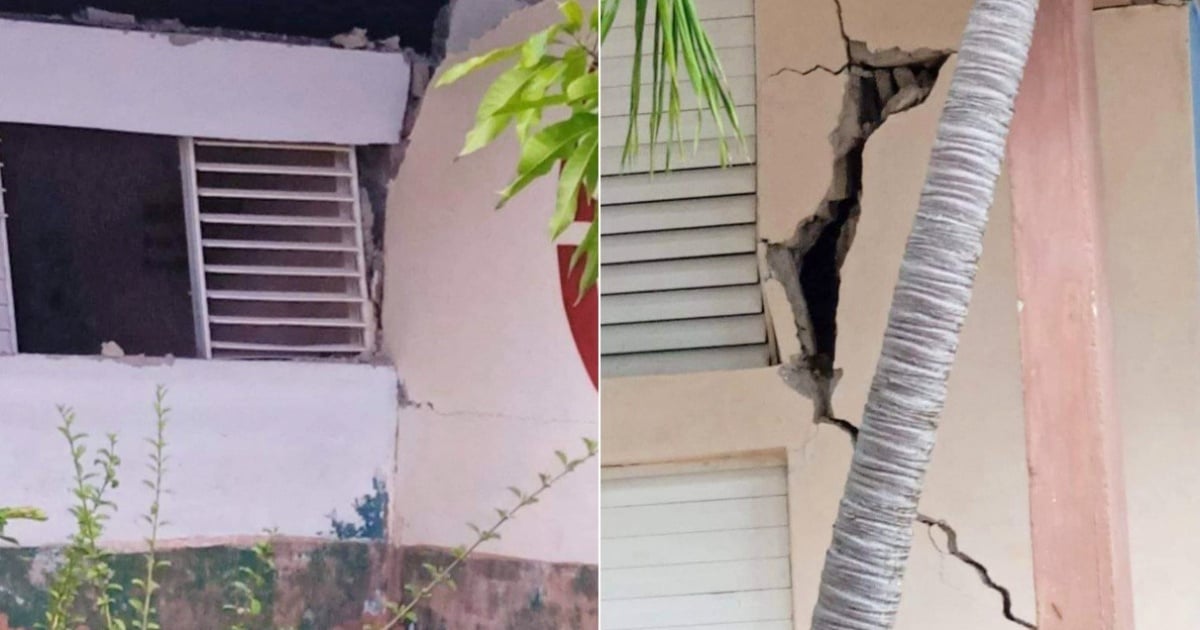
Related videos:
The head of the National Seismological Service of Cuba, Enrique Diego Arango Arias, has addressed recent information that has caused alarm about the possibility of a major earthquake in the Caribbean that could impact Cuba.
Through a post on his Facebook profile, the specialist clarified that, while there are areas with geological faults that accumulate significant energy and can generate considerable earthquakes, predicting such an event in the short term without concrete data is not possible.
"Both in the Dominican Republic and in Cuba, Japan, California, and many other places, a major earthquake could occur along faults that have a significant amount of accumulated energy. This is no secret to anyone, but in the short term, it is very difficult to make a prediction without presenting data to support it. The warning is valid, but in a way that is less alarmist and sensationalist," wrote Arango Arias on Facebook.
The expert responded to an article titled "Director of the Seismological Institute warns that a major earthquake could occur at any moment", published on February 16 by the Dominican news portal Diario Libre.
That post raised concerns among many Cubans, prompting the head of the National Seismological Service of Cuba to clarify the context of the situation.
Arango Arias emphasized that "based on the threat of each territory, the estimates of seismic hazard are established and included in the codes for earthquake-resistant construction."
Furthermore, he emphasized that the authorities and the population must maintain appropriate preparedness measures to reduce the risks associated with earthquakes.
The expert's clarification aimed to prevent the spread of alarmist information that could incite panic among the population.
While seismic risk is a reality in many parts of the world, the scientific community emphasizes the importance of preparedness and adherence to established regulations rather than succumbing to unfounded alarmism.
Ten people were injured and at least 3,752 buildings were damaged, which were the main consequences left by the earthquakes of 6 and 6.7 degrees that struck southeastern Cuba on November 10 of last year.
Since the earthquakes of magnitudes 6.0 and 6.7 that occurred on November 10, 2024, a total of 9,637 aftershocks have been recorded, of which 141 have been reported as presumably perceptible.
Regarding the 6.1 earthquake recorded on December 23, 2024, at 1:00 a.m., which was felt in the eastern half of the country, 573 aftershocks have been detected, of which only three have been felt by the population, according to the latest report from CENAIS.
Filed under: